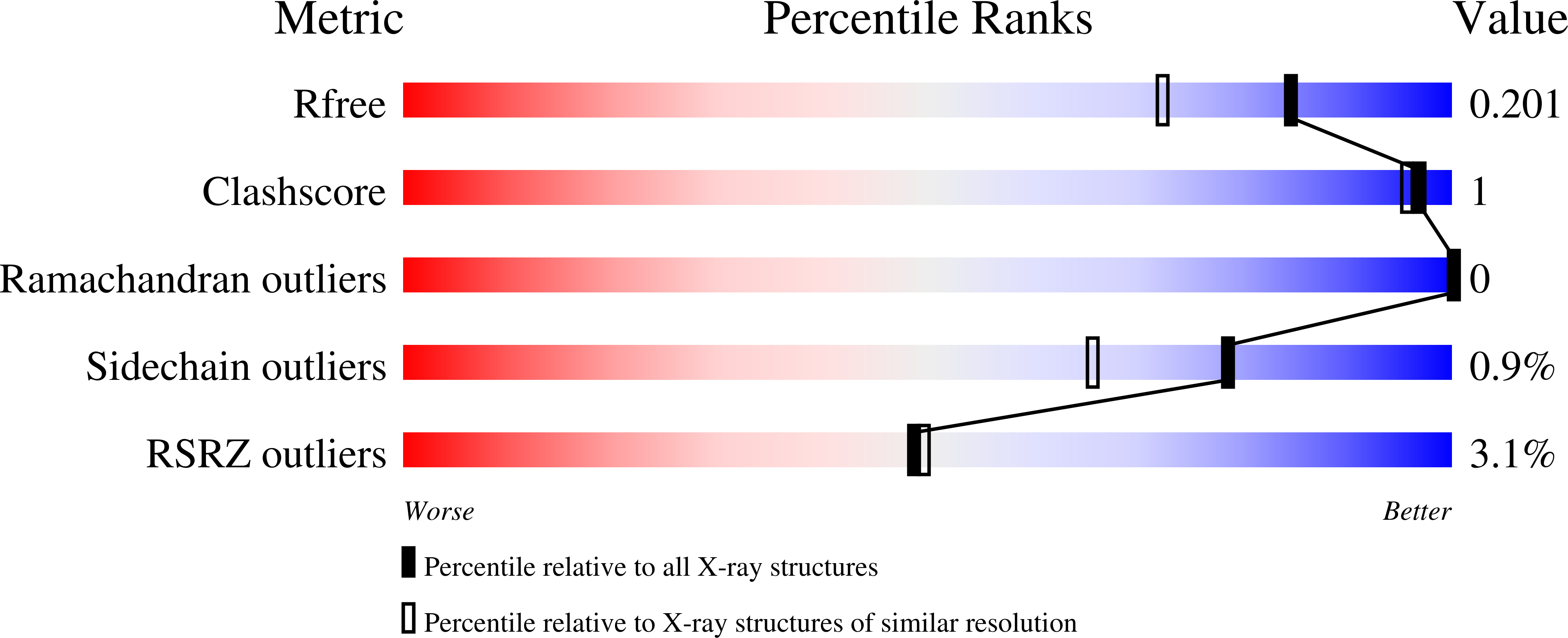
Deposition Date
2021-05-26
Release Date
2021-07-28
Last Version Date
2023-10-18
Entry Detail
PDB ID:
7N10
Keywords:
Title:
Co-crystal structure of Prx with ComR DNA binding domain
Biological Source:
Source Organism:
Host Organism:
Method Details:
Experimental Method:
Resolution:
1.65 Å
R-Value Free:
0.19
R-Value Work:
0.17
R-Value Observed:
0.17
Space Group:
P 21 21 21


